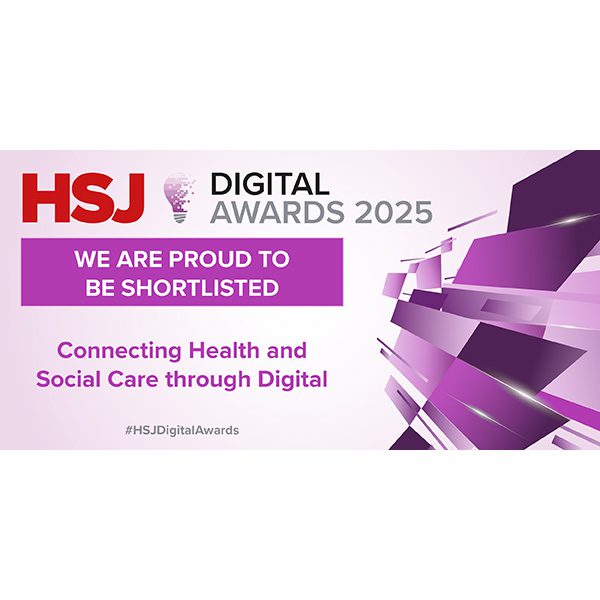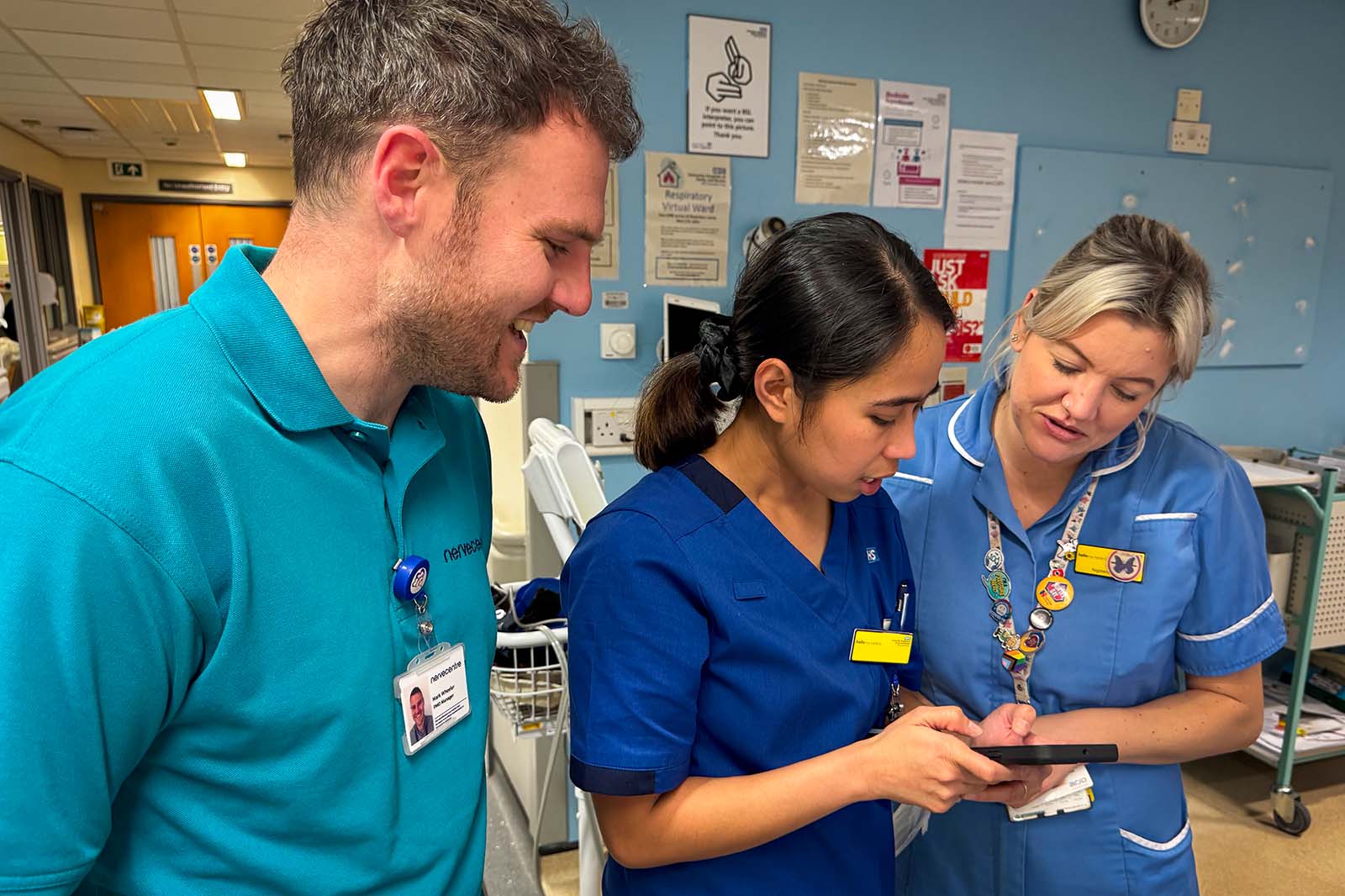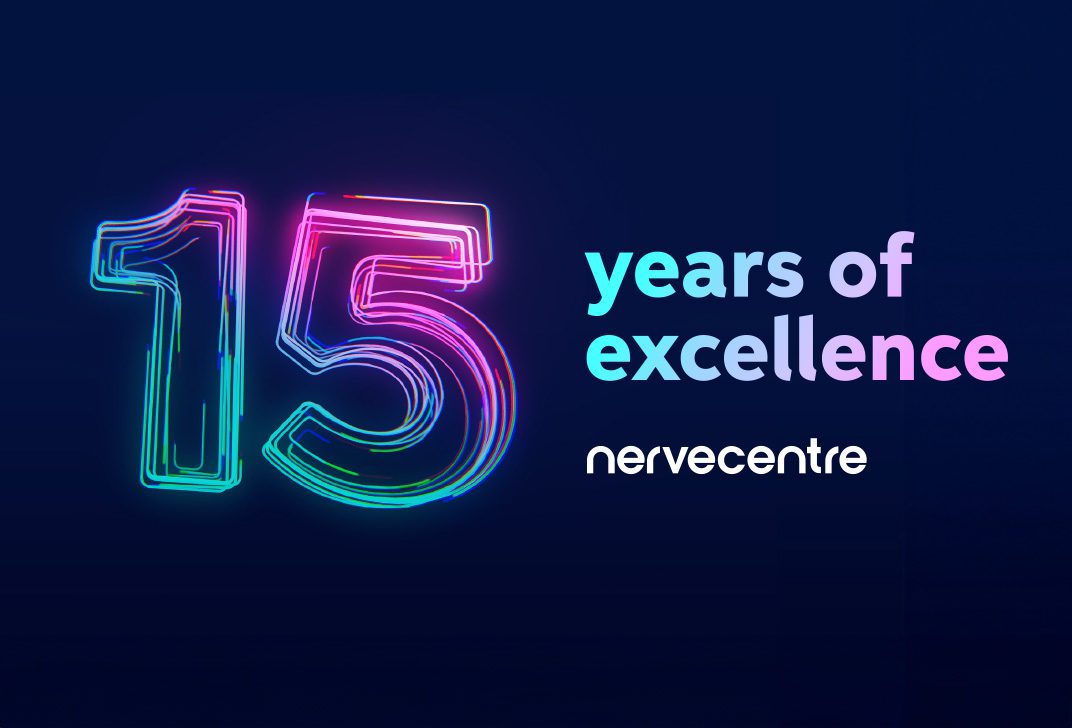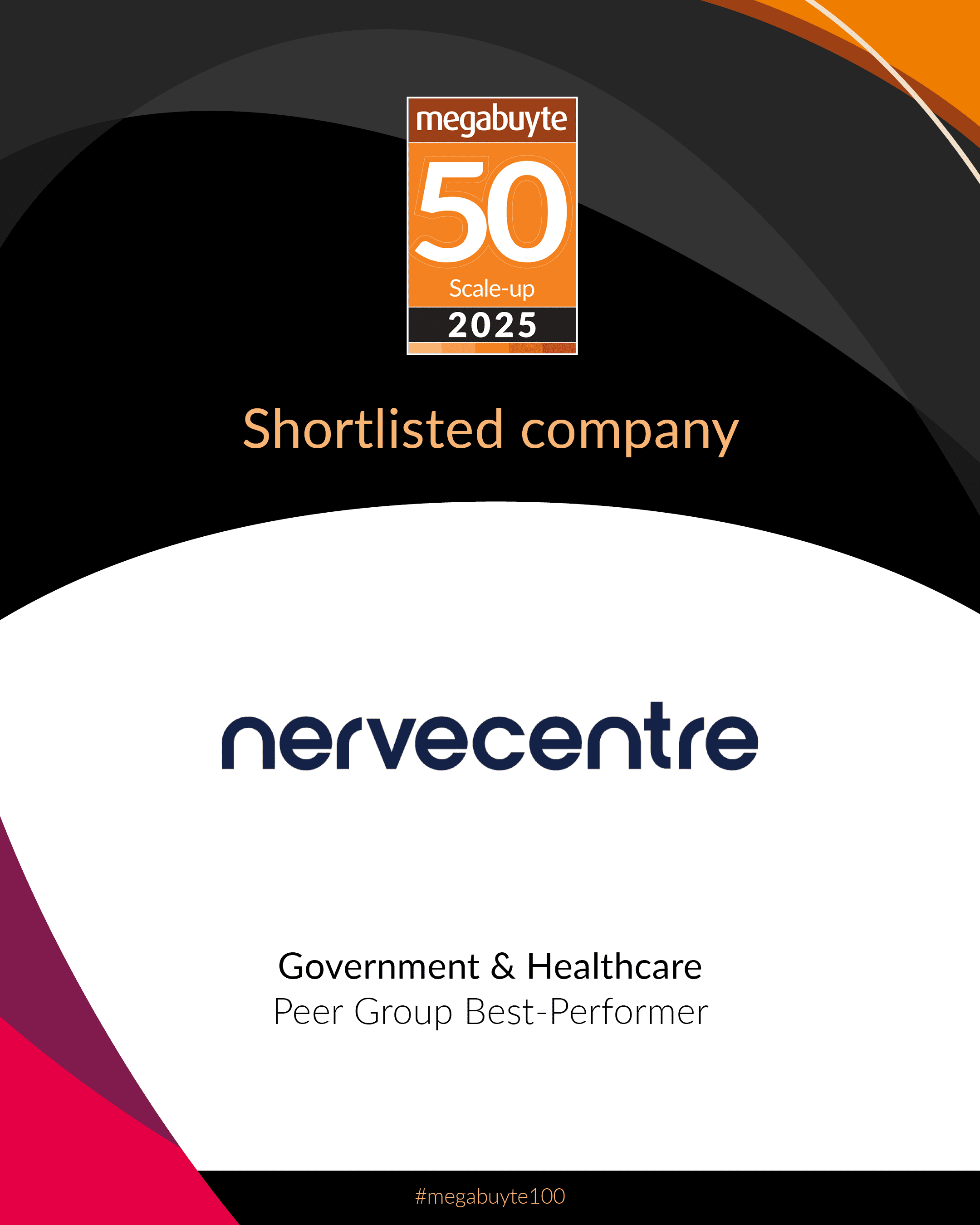 Blog by Paul Volkaerts, CEO Nervecentre Software
Blog by Paul Volkaerts, CEO Nervecentre Software
We recently conducted a mini-survey to find out what CIOs and CCIOs rated as their biggest priorities when looking to buy an EPR. Unsurprisingly, their top requirement was an EPR that meets the needs of clinicians. The high weighting this receives is, of course, a reaction to the poor reputation much EPR software has for meeting this critical imperative. Thankfully though, we’re turning that around. At Nervecentre, our customers regularly praise the ‘clinician-first’ approach we take to solution design – and it’s a principle that sits at the heart of our culture. So, with our survey confirming that clinical need is the key consideration when choosing an EPR, I thought I’d share our approach in this crucial area.
I’ve long been of the opinion that digital healthcare software suppliers should aim to build systems that clinicians ‘love’ to use. We receive fantastic feedback from Nervecentre users that suggests we’re on the right track against that objective – and some of those comments are published alongside this blog. Feedback of this kind makes such a difference and helps keep us focused on our goals.
So what’s the secret? In my view, the fundamentals boil down to a handful of critical User Interface design decisions. It shouldn’t surprise anyone that these are difficult, architectural building blocks – not form design or screen layout. After all, if it was as simple as designing clearer forms, this would all have been resolved a decade ago! No, a system loved by users must be built as such from the first line of code. So that’s where we started more than ten years ago…. and it’s still our first principle when we’re coding new solutions today.
On that note, this blog coincides with the latest software release for our Next Generation EPR. With it we bring a fully integrated suite of HIMSS 7 capabilities to our customers – from closed loop medicine administration, orders and results, through to letters, outpatients and GP Connect. These, of course, sit alongside the full suite of ED and patient safety features on which we’ve made our name. All mobile. All designed ‘by clinicians, for clinicians’. And all developed here in the UK, with the unique challenges of the NHS front of mind.
So here are our six ‘musts’ for delivering a system that clinicians will love:
- It must be fast; every click must yield sub-second results. It doesn’t matter if you’re switching between patients, viewing dashboards, entering data or jumping between detailed information sets, rapid response is essential. In a world where you can search the internet and get split-second results, clinicians don’t just demand immediate response times, they expect them.
- It must update in real-time. If a doctor is entering notes in a clerking form and new lab results become available, or another user updates information on the patient, those updates should immediately appear on screen. Without needing to refresh. And without record locking. Healthcare is fast-moving and multi-disciplinary. Clinicians should be able to work collaboratively and confidently within the EPR.
- It must work at the patient’s bedside. Great EPR should give clinicians everything they need when they’re in front of a patient, using everyday tools they’re most familiar with: handheld mobile devices. Mobile comms is crucial because it allows doctors to take action when needs become known – whether that’s ordering tests, changing dosage, updating notes or referring patients. Performing these tasks away from the bedside is less safe, more error prone and less efficient. There’s no longer any need to take that risk.
- It must make everything actionable. EPR should be able to summarise important tasks – quickly and clearly – in ways that help clinicians prioritise their time. This might mean showing a nurse the patients whose observations are due, alerting a pharmacist to the patient who’s just been admitted on critical meds, or informing a doctor that results are available for a patient who’s ready to go home. This is just one way that EPR can be so much better than paper, providing clinicians with tools that have the potential to transform the hospital – and that they would never want to be without.
- It must be always available. If you’re going to give doctors a tool they love to use, they need to be confident it will always be there for them. It must therefore be robust and always responsive – whatever the scale – with ultra-low downtime for planned and unplanned maintenance.
- It must be all in one place. Avoiding the need to jump between systems isn’t just beneficial, it’s essential. Asking clinicians to log-in to separate systems is inefficient, creates immeasurable delays and inhibits joined-up care. It also leads to double-entering and the inability to offer the superior levels of clinical decision support demanded by HIMSS 6. Having all information in one clean database allows it to be used throughout all actions taken by the clinician – from prescribing and ordering to completing referrals and discharge summaries. This helps doctors make good decisions and avoid duplication.
These six ‘musts’ are non-negotiable, baseline features of Nervecentre EPR. And clinicians love it. They love that our intuitive interfaces give them all the information they need, simply and quickly – in real-time, wherever they are, in a single-click. They love that the system is built purely around their own needs, and that the architecture is agile enough to enhance functionality as those clinical needs evolve. And fundamentally, they love having an EPR in their pocket – part of their uniform, an indispensable tool.
Our latest enhancements take Nervecentre EPR to the next level. If you want to see more, please reach out and we’d be happy to arrange for one of our clinicians to demonstrate the system to you.
We think you’ll love it. In fact we know you will – because it’s been built that way from the first line of code.





